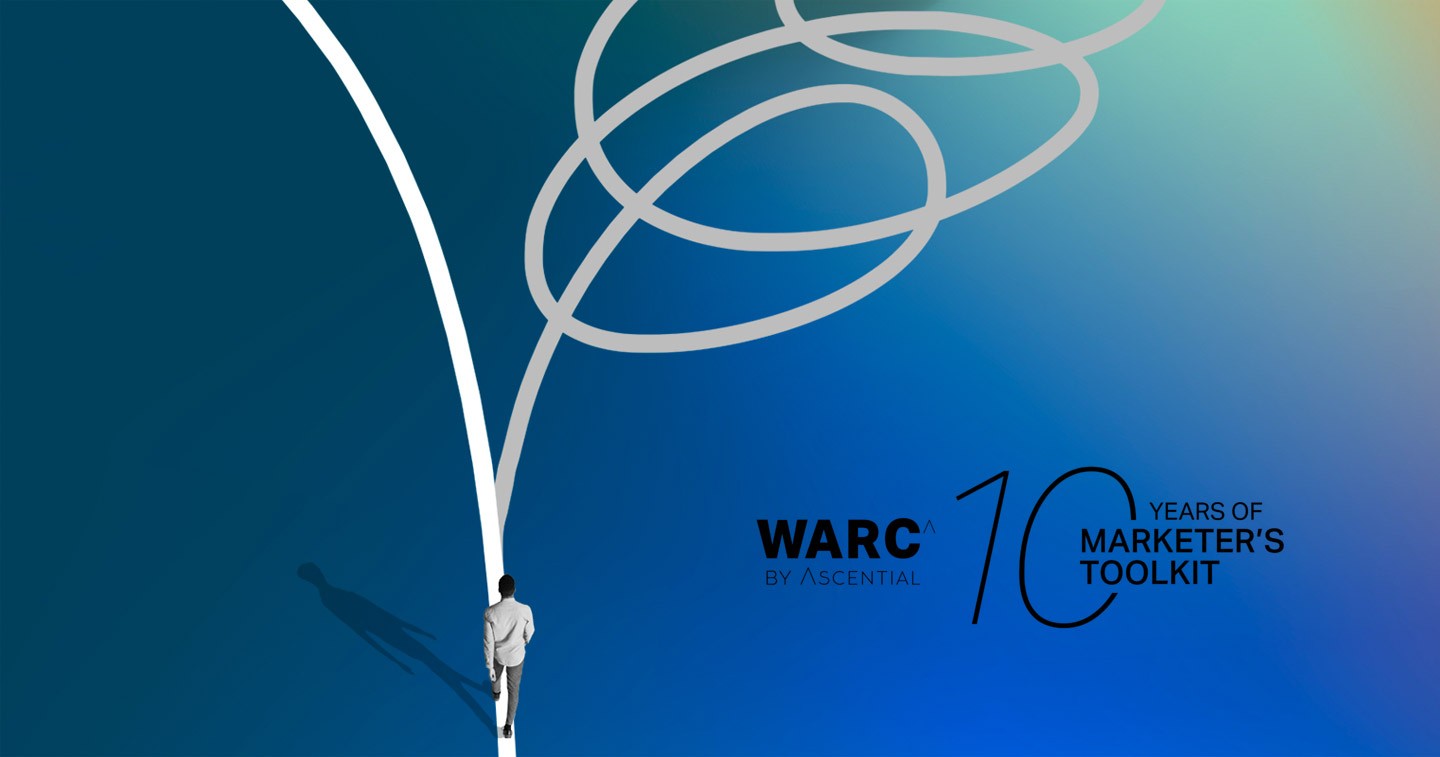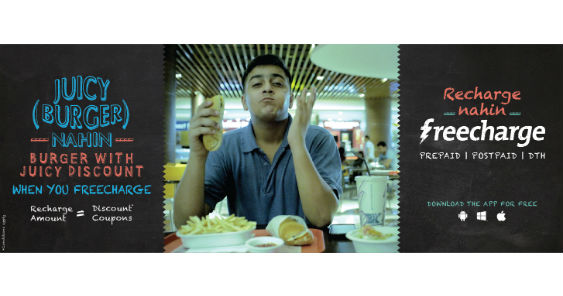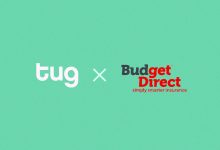LONDON, UK – Following a tumultuous year, WARC, the global authority on effective marketing, has today released Marketer’s Toolkit 2021, a guide to help brands navigate through uncertainty, seek new opportunities and develop effective and relevant strategies to grow their business as the world economy starts to rebuild.
Built around six key drivers of change – society, technology, economy, policy, industry and creativity – this 10th edition of Marketer’s Toolkit brings together insights from a survey of over 1000 global marketing executives, one-on-one interviews with more than 20 leading Chief Marketing Officers, and a review of WARC’s latest proprietary research, best practice and case studies.
David Tiltman, VP Content, WARC, says: “The questions facing marketers as we approach 2021 are more profound than any previous year – from navigating the rest of the pandemic to plotting the rebuild; from planning across a tech oligopoly to responding meaningfully to the need for greater diversity.
“The pandemic of 2020 is a tragedy in itself, but as we look ahead it is the after-effects that will come to dominate marketers’ lives: the impact of recession, changed consumer buying habits, and acceleration of trends in tech and media. 2021 will be the year to ‘build back better’, and the lessons in this report are a first step for marketers who want to seize these opportunities.”
The six key challenges facing brands outlined in WARC Marketer’s Toolkit 2021 and how to meet them are:
1. Responding to recession
The seismic events of 2020 will echo long into the coming year. Marketing strategies are being reshaped to suit the new e-commerce reality. Whilst media budgets have been slashed, shoppability becomes a key consideration. Brand-building activity is on hold, while there is a shift toward investment in performance marketing, which in turn accelerates the trend toward digital channels, with Amazon and TikTok among the growth stories. At the same time, brands must find new creative solutions to achieve distinctiveness in the post-pandemic marketplace.
Conny Braams, Chief Digital and Marketing Officer, Unilever, comments: “Quite quickly we’ve come to the conclusion that if we are going to enter a recession then normally the brands that continue to spend come out much stronger.”
Data: 70% of respondents expect budget cuts to brand advertising. 64% of respondents agree that advertising suffered from a lack of distinctiveness during quarantine.
2. Staying effective in the age of e-commerce
The COVID-19 pandemic has accelerated e-commerce growth globally. Responding to this trend is a top priority for 2021 with brands bringing forward plans to rethink distribution and experimenting with new models as delivery and packaging become key touchpoints. Some are exploring direct-to-consumer options, looking for ways to make it easier for consumers to repeat purchase. This shift in distribution will have a knock-on effect on brand strategy and media investment.
Agatha Soh, Regional Head of Marketing, Shopee, says: “Habits formed over the last few months, such as familiarity with online shopping will heavily impact consumer preferences in the months and years to come. For brands and marketers, e-commerce, and in particular mobile commerce, is no longer a nice to have, but an essential touchpoint to tap into this opportunity.”
Data: 80% of respondents plan to increase or maintain DTC activity in 2021. 67% of client-side respondents expect the shift to e-commerce to be permanent.
3. Engaging at-home consumers
With restrictions on consumers in many major markets expected to last well into 2021, the ‘at home’ lifestyle will remain a driver of change, and potentially offer new opportunities such as at-home media, including gaming and various forms of TV. For brands, this means discovering where and how to become a welcome part of our at-home lives.
Marcel Marcondes, US CMO, Anheuser-Busch InBev, says: “There was a big shift in the way consumers were buying: larger packs and buying much more online. New occasions started to arise, like gaming is starting to become a relevant occasion for people to drink beer.”
Data: 74% of respondents said post-pandemic changes in consumer behaviour will impact 2021 marketing strategies. 52% of respondents say the shift to increased time spent at home will impact strategies.
4. Succeeding in the closed web
The third-party cookie is on the verge of obsolescence, as a consequence of regulatory pressures and the unilateral actions of companies including Apple and Google. This hands even more power to the major ‘walled gardens’ such as Amazon and Alibaba – at the same time as their share of ad investment surges. With digital advertising dominated by a small number of media platforms, marketers face the daunting task of managing their activity across those garden walls.
Brent Smart, Group CMO, Insurance Australia Group (IAG), says: “Too many marketers, in my mind, spend too much money on martech, data and analytics. I think the important thing is to spend your money on what touches the customer, that’s what builds your brand and that’s what will drive sales.”
Data: 81% of respondents agree that COVID-19 has only served to concentrate power in the hands of ‘big tech’, while 83% agree or strongly agree that those firms should be subject to “greater regulation” to help level the playing field.
5. Structuring for volatility
Businesses will continue to feel disruption into 2021, with the ongoing upheaval of COVID-19, a severe economic recession, and in some markets ongoing protests ranging from Black Lives Matter to anti-vaxxers. For some marketers, this will be an opportunity, as they lead the response to a volatile market and help their businesses transform.
Marc Pritchard, Chief Brand Officer, Procter & Gamble, says:”The scourge of racism has literally been around for centuries; it’s not like it’s brand new. I think many have just not faced it and dealt with it because it is hard. But it is inescapable this time, and people need to step up.”
Data: 78% of respondents believe that purpose is now more important.
6. Finding the white space in wellness
Health and wellness will remain centre-stage as the rebuild begins. A growing range of brands are moving into this space, adapting to cater to emerging consumer priorities around both physical and mental wellbeing. As healthcare becomes more digital, brands need to carefully consider their offerings to ensure inclusivity and trust.
Dr R S Sodhi, Managing Director, Gujarat Co-operative Milk Marketing Federation (Amul), says: “We saw the rising demand for immunity-boosting products from consumers and we have launched 11 new products in the last five months to meet that, from immunity boosting beverages like turmeric milk to Haldi ice cream with immunity boosting elements.”
Data: 91% of respondents agreed that health and hygiene concerns will have an impact on their 2021 marketing plans. 40% of client-side respondents said they were developing a new product offering in response to the recession.
A complimentary copy of WARC’s Marketer’s Toolkit 2021 is available to download here. WARC will be hosting three free-to-join Marketer’s Toolkit webinars on 8th of December. Register here to join live or to receive a recording.









